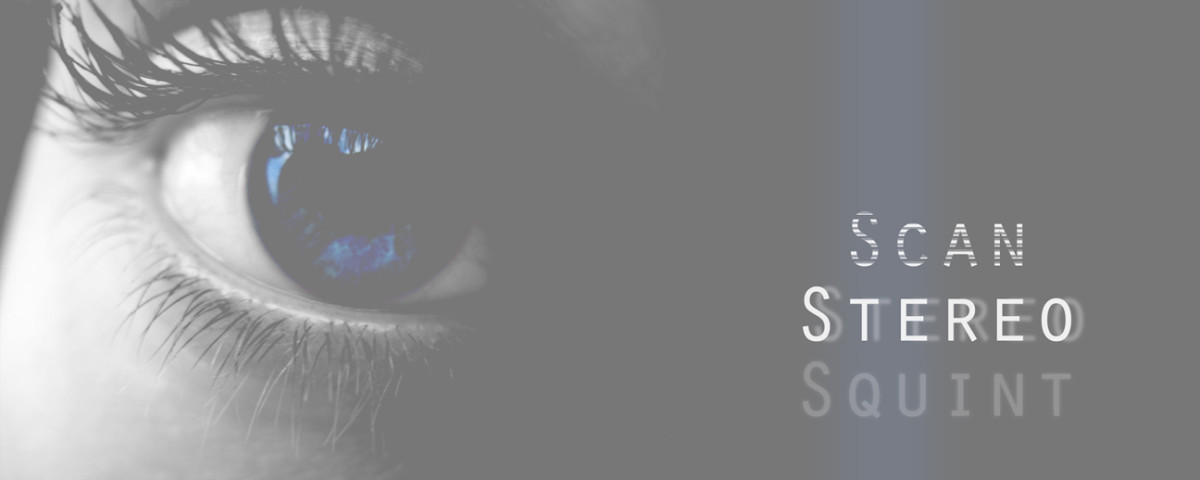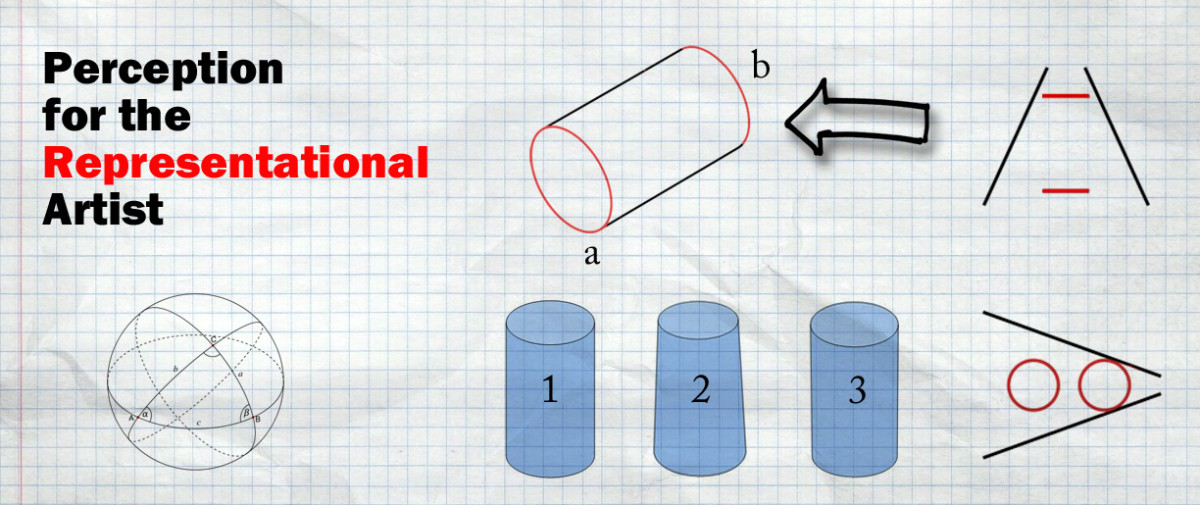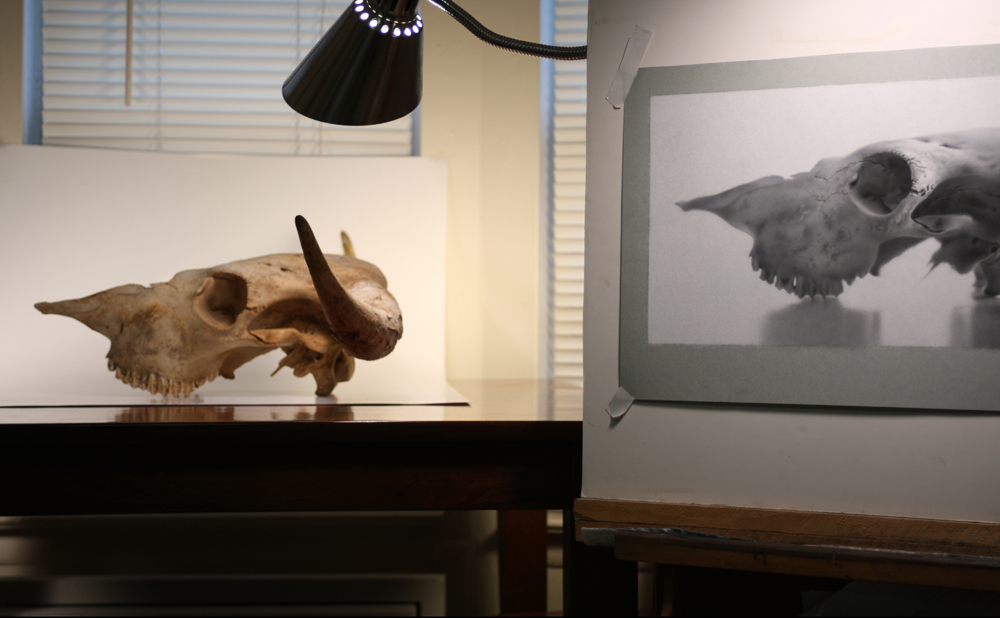Limiting our focus to value for this paper, let’s begin with a review of “value” in regards to objective representational art. A common definition for value is relative lightness or darkness. Within a representational visual art context, value is often used to represent some measure of light or luminance. “Luminance is an objective measurement of… Continue reading
Scan, Stereo and Squint.









